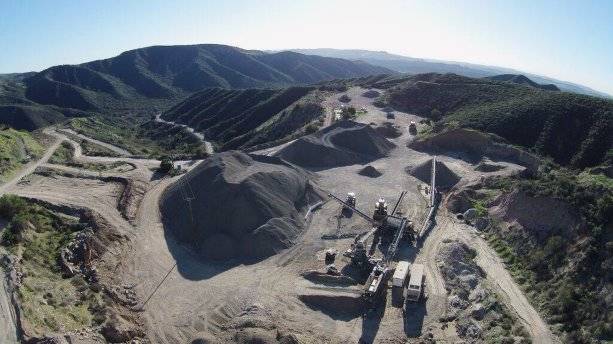Instead of speculating on how unmanned aerial vehicles (UAVs) — or drones — will transform the economy, California’s DroneBase is enlisting construction contractors as early adopters.
The company has developed a network of experienced drone pilots across the U.S. and Canada and intends to popularize its service by offering predictably priced packages to its clients.
DroneBase CEO Dan Burton was first introduced to UAVs as a U.S. Marine Corps infantry officer serving in Iraq and Afghanistan.
"Any time you were on patrol, having air support from an F-16 or F-18 was a wonderful thing," says Burton.
"However, they could run out of fuel in a short time and they were limited in what they could report. On the other hand, drone surveillance with direct video feeds offered five- to six-hour flying time with unbelievably effective technology, allowing us to see what was around corners 20 or 30 feet before we got there."
When Burton finished his tour with the marines, he enrolled in business school, all the while researching the potential to integrate drones with industry. He followed up his studies with hands-on experience operating drones for clients, including construction contractors, from the back of a pick-up truck. Work often included tearing down the equipment and rebuilding it in the field.
"I developed an affinity for the construction industry while working with contractors," Burton says.
"We benefited as much learning from them as they benefited from our services."
DroneBase was officially launched in 2014 as a platform to unite regional drone operators under a single order system and to provide clients in the construction, real estate and mining sectors with service packages at standard prices. An order of high-resolution images and video at a single location is priced from US$399. A high-resolution geo-referenced survey and mapping package for fewer than 25 acres starts at US$499.
"Contractors don’t have to commit to a contract and they know exactly what they’re getting," says Burton.
"They can compare the value of the package against alternatives they might have used, including airplane, helicopter or satellite surveillance. We believe these price points will open up service to thousands of smaller contractors who might not have been able to afford them before."
Drone flights can be ordered entirely online, using the website interface. To date, most construction clients have requested progress photography and video reels, mapping, surveying and video recordings of demolitions.
Construction industry requirements dovetail nicely with current U.S. regulations involving drone flights. Drones require express permission from the general contractor or property owner to fly over the property. They may fly only during daylight hours at no higher than 500 feet within the sightlines of the operator.
"A UAV must also weigh in at under 55 pounds," says Burton. "Most of our models weigh less than 10 pounds."
Agents belonging to the DroneBase operator network must demonstrate their proficiency with drone operation, submit to a written test and provide a demo reel of aerial video.
"It’s almost punitively hard to become a member of our network," says Burton.
"They need to demonstrate proficiency with the latest and the best equipment."
Burton notes that some larger construction companies have already purchased drones and trained workers to operate them.
"They saw drones as a piece of capital equipment and not as a service," says Burton.
"A lot of them got burned. The UAV space is moving so fast that in six months a lighter drone with three times the capability would enter the market at half the price. It’s hard to make such an investment pay off, when they use the vehicle less than one per cent of the time and all they really need is delivery of the end data."

1/3
Photo:
2/3
Photo:











Recent Comments
comments for this post are closed